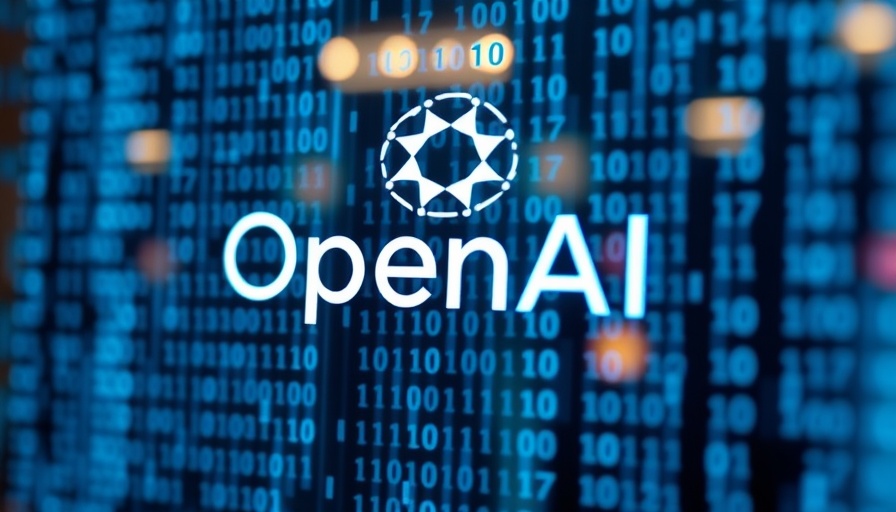
The Controversial Use of Copyrighted Material
OpenAI is under scrutiny for allegedly utilizing copyrighted content without proper licensing in the training of its AI models. Recent findings by an AI watchdog have raised serious concerns about the implications of such practices, specifically citing the integration of paywalled O'Reilly books in the development of models like GPT-4o. This represents a critical intersection of advanced technology and copyright laws, posing significant questions about intellectual property rights in the era of AI.
AI Models: How They Learn from Data
AI models function as intricate engines of prediction. They analyze vast repositories of data, including literature, films, and online content, to understand patterns and generate responses. The sophistication of these models, especially newer iterations like GPT-4o, allows them to recognize and respond to prompts in contextually relevant ways. However, the integrity of this training data is paramount, raising concerns about the ethical treatment of proprietary information from sources like O'Reilly Media.
Insights on Detection Methods
The aforementioned paper employs a detection technique known as DE-COP, which evaluates models' capabilities to differentiate between human-written texts and machine-generated outputs. This method uncovers a model's potential prior exposure to copyrighted material. Findings suggest that GPT-4o exhibits a markedly advanced recognition of O'Reilly’s paywalled texts compared to its predecessors, hinting at the possibility that these texts were indeed included in its training.
The Future of AI and Copyright: What’s Next?
This developing narrative raises critical questions about the future of AI training methodologies and the boundaries of copyright. With rapid advancements in AI technology, stakeholders must navigate the intricacies of intellectual property law. OpenAI’s potential reliance on copyrighted but non-public material underscores a larger industry dilemma: as technology evolves, so must our frameworks governing the ethical use of data.
Final Thoughts on AI and Ethical Practices
The accusations against OpenAI highlight an urgent need for clear policies regarding the use of copyrighted materials in AI development. As we continue to witness the integration of AI in everyday life, it becomes vital for entities like OpenAI to establish robust ethical standards that respect intellectual property rights. This dialogue is not just about compliance; it reflects our broader understanding of data ownership and usage in a world increasingly driven by artificial intelligence.
 Add Row
Add Row  Add
Add 




Write A Comment